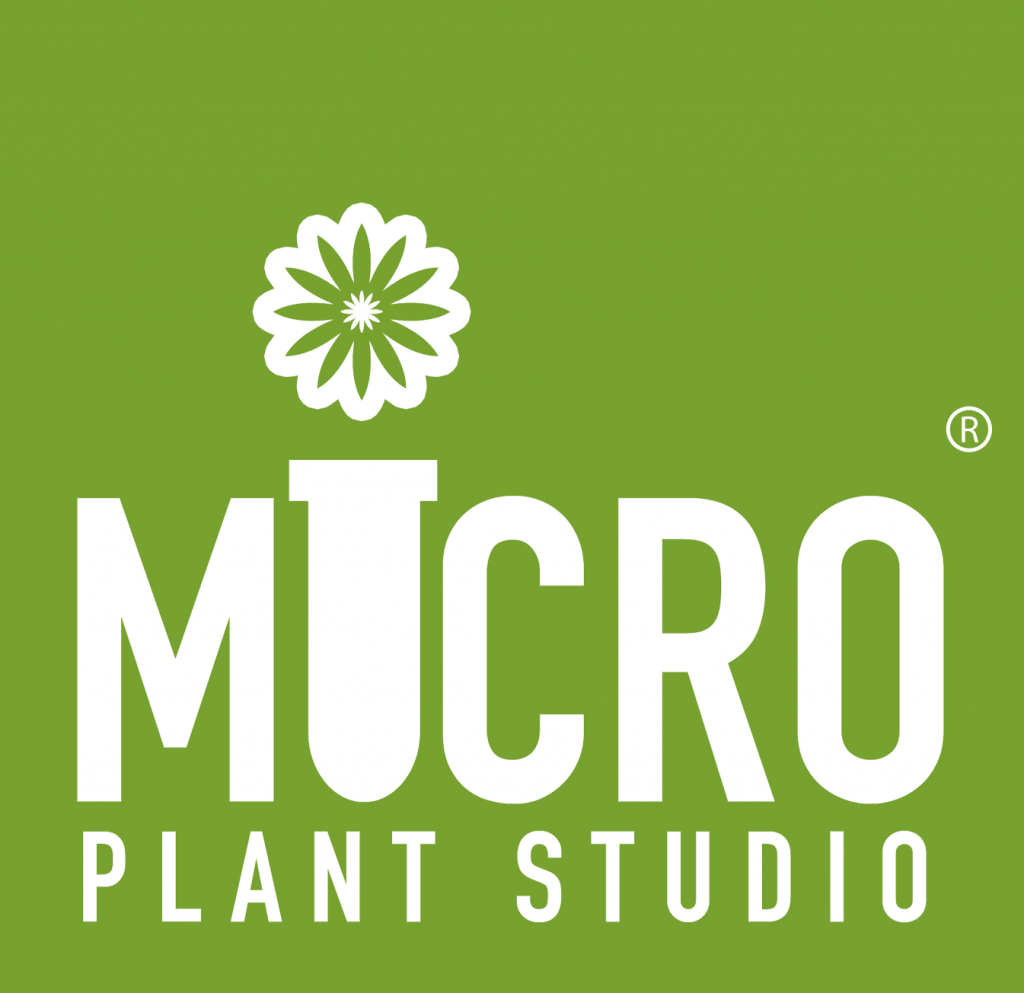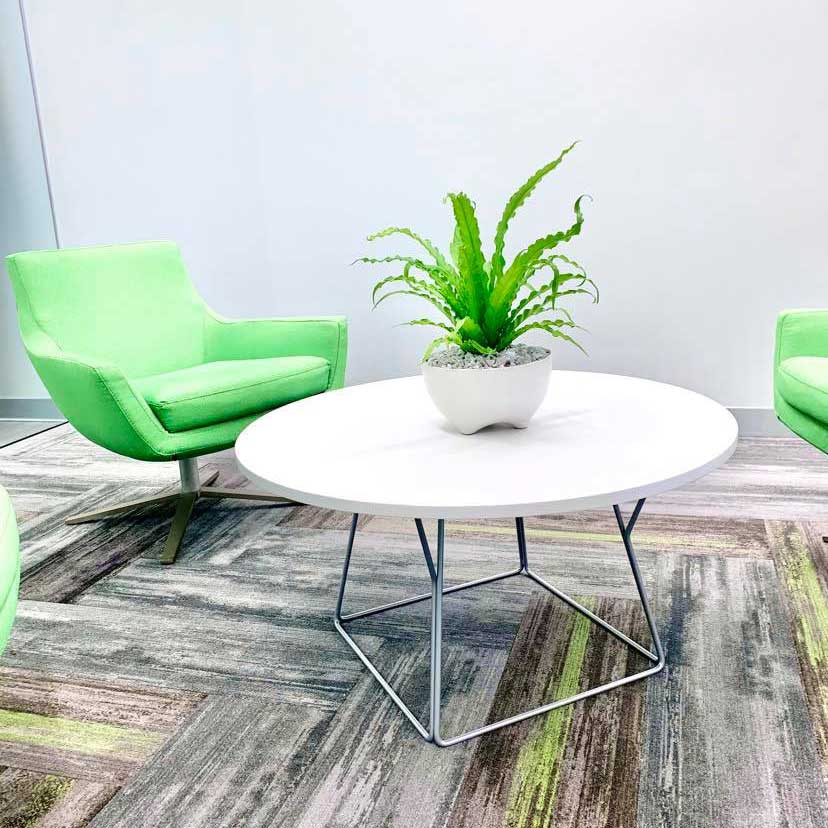SELECTING INDOOR PLANTS
Selecting indoor plants/trees should be fun and exciting. Plants/trees adds life to your space, reinforces colors and textures, and enhances the esthetics and ambience of your home and office space. Our goal is to help you evaluate and understand the type of plants that are best for your space, your evolving personal and professional schedule, and nontoxic plants for your pet.
Most indoor plants are tropical, which means that they will vary in the type of light, amount of water, level of humidity, and temperature needed to strive in its new environment, whether that is in the office or home.
When visiting Micro Plant Studio, we will be asking you a few basic questions which will guide the process of narrowing down the ideal plants to survive in its new environment. Bringing along pictures and video of your space will help with the plant selection process. What should I consider when making my plant decision? Consider the following:

